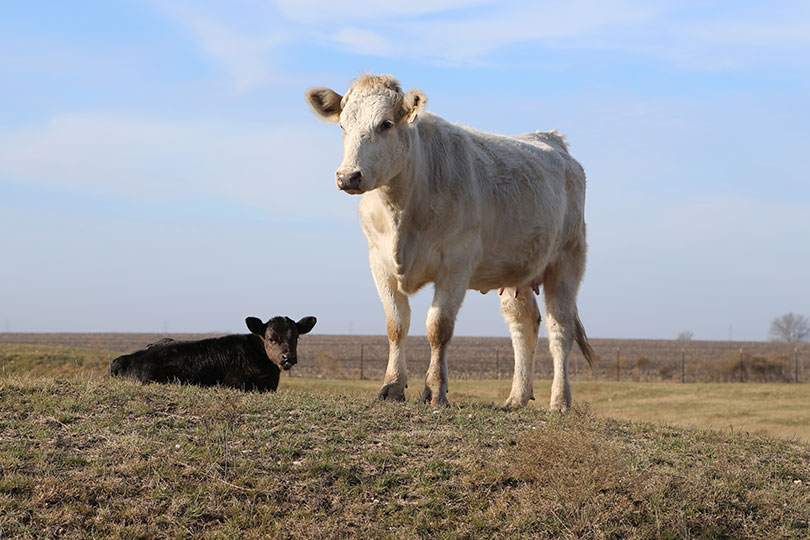By Shelby Shank
Field Editor
Drought conditions once again continue to impact much of the state’s pastures and winter forage, but some areas are experiencing increased soil moisture.
Rain and snow across regions of the state offered a glimmer of hope for pastures and rangelands, but the latest Crop Progress and Condition report shows 70% of pastures and rangelands in Texas were rated poor to very poor.
“While some regions have benefited from recent rainfall, it’s clear that drought and forage dormancy continue to present significant hurdles for Texas ranchers,” Tracy Tomascik, Texas Farm Bureau associate director of Commodity and Regulatory Activities, said. “This is a critical time for supplemental feeding programs and proactive pasture management to mitigate the long-term effects of limited forage production.”
Last year was dry, but Texas farmers and ranchers were able to store more hay. The U.S. Department of Agriculture’s hay stocks report showed that as of Dec. 1, Texas hay stocks were 11.8% higher than the previous year.
As of Dec. 1, hay stocks in the U.S. were 6.3% higher than the previous year but still 3.2% below the 10-year average.
“Yes, farmers and ranchers were able to put up a fair amount of hay in 2024, and the increased hay supplies offer more management flexibility for ranchers and reduced prices from record highs,” Tomascik said. “But these dry winter months have taken a chunk out of that supply.”
Much of the state west of I-35 continues to face moderate to extreme drought conditions, while the eastern half of Texas is mostly drought free, according to the Feb. 6 U.S. Drought Monitor.
“Rain is definitely needed right now to green up the pastures and help get the soil moisture to an adequate level for planting, which will begin soon in Central Texas,” Tomascik said. “Timely rains can turn drought situations around, but we’ll see what 2025 holds for Texas.”
The National Weather Service anticipates further drought expansion during the first quarter of 2025, though regions like the Panhandle and North Central Texas are expected to see improvements by spring.


Leave A Comment